Read Aloud Routine for Improving Vocabulary and Comprehension
Wanting to up your read aloud game? This lesson plan from Dr. Stephanie Stollar will support you in maximizing vocabulary and comprehension in your read alouds.

Wanting to up your read aloud game? This lesson plan from Dr. Stephanie Stollar will support you in maximizing vocabulary and comprehension in your read alouds.
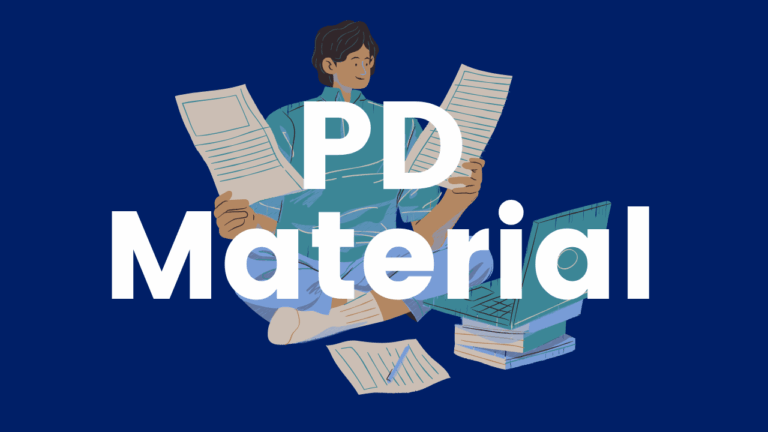
Dr. Stephanie Stollar developed a free set of presentation slides outlining basic findings in the science of reading. Slides, speaker notes, and handouts are provided.

Dr. Stephanie Stollar explains set for variability in this brief video. Set for variability is the set of skills that allow students to correct close approximations while decoding.
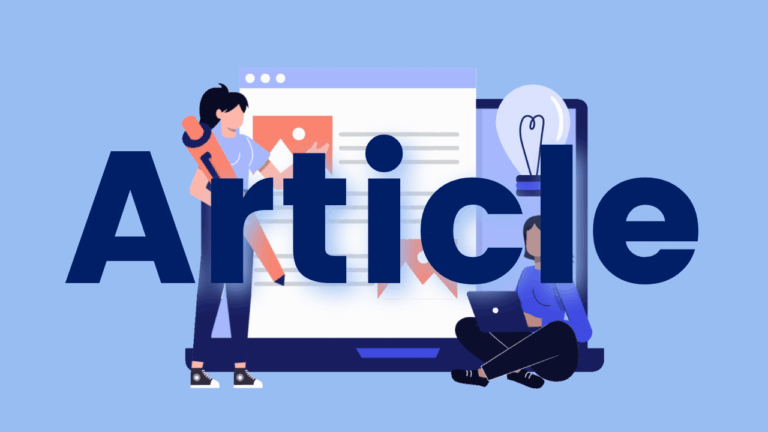
Par morphologie, un terme emprunté à la biologie (1822, dans le cas du terme français) et appliqué en linguistique (1868, chez Littré), les linguistes entendent l’étude de la structure interne des mots1 (plus particulièrement des mots en tant qu’occurrences, c’est-à-dire ce qu’on appelle en anglais word forms et grammatical forms) ; il s’agit de montrer comment les mots sont formés à partir de leurs parties constitutives et comment ces parties contribuent au « sens » (valeur / fonction) de l’ensemble.
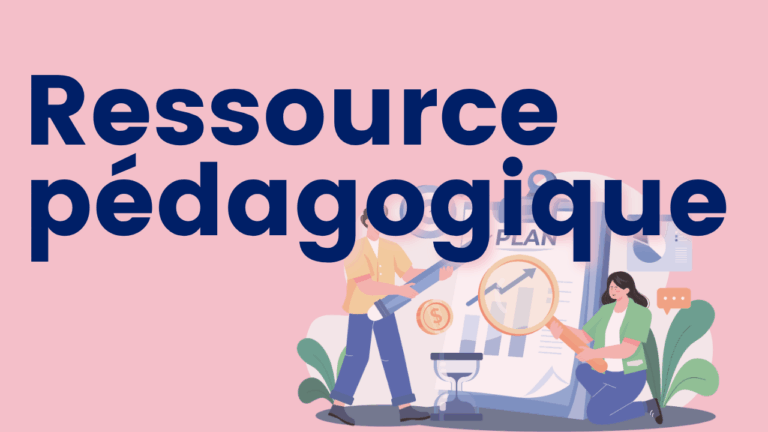
Cette capsule vidéo décompose en cinq parties l’enseignement robuste du mot « évaluer » à l’aide du modèle « Journal de vocabulaire » Frayer.
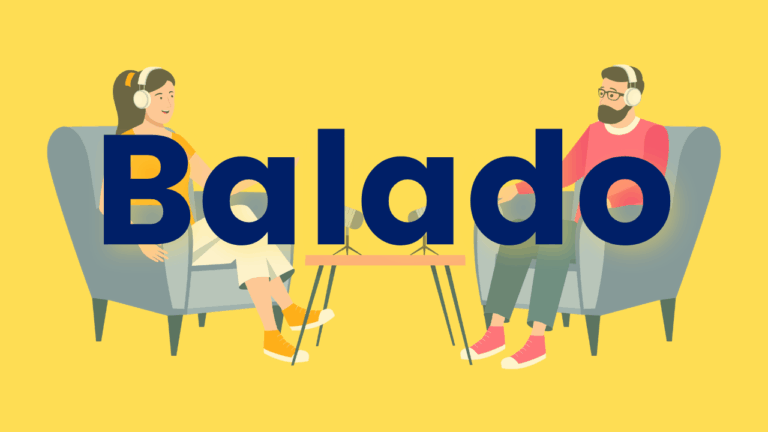
Ce balado présentera des renseignements essentiels sur l’enseignement et l’apprentissage du vocabulaire. Vous verrez aussi plusieurs autres ressources reliées à la littératie.

Une liste de mots pour aider à planifier les activités d’orthographe ou pour interpréter la réussite de vos apprenants aux cycles primaire et moyen. Elle a été conçue pour éviter de placer des attentes démesurées sur nos apprenants : l’apprenant ne peut pas orthographier correctement un mot qui ne se situe pas dans sa zone proximale d’apprentissage. Le concept doit avoir été enseigné au préalable et le mot ne doit pas contenir de correspondances son-lettre (graphème-phonème) pour lesquels les règles n’ont pas été enseignés. La liste des mots a été fournie par des enseignants qui avaient hérité de listes de mots à faire lire et orthographier à leurs élèves. Grâce à cette analyse, il sera désormais possible de placer l’élève au centre de la réussite en n’exigeant pas une orthographe parfaite sur des mots dont l’orthographe est plus difficile.

Alloprof Enseignants offre différents outils pratiques pour faciliter l’utilisation des ressources d’Alloprof et aider la communauté enseignante à mieux soutenir les élèves et leurs parents dans les défis scolaires.Ce service offre une panoplie d’articles, d’activités d’apprentissage, de dossiers thématiques et de ressources imprimables afin de donner un coup de pouce aux profs du Québec.Alloprof développe des services professionnels et des ressources numériques de soutien scolaire et les rend accessibles gratuitement à tous les élèves du Québec et leurs parents.Il y a 11 matièresDes sections pour étudiant, enseignant(e) et parent(s)Nous pouvons chercher par niveaux, matière et par méthode (fiches, jeux, vidéos)

Cet atelier met en évidence des progressions explicites, systématiques, cumulatives, multisensorielles, multimodales, multilinguistiques, structurées et adaptées, afin de pouvoir accéder au code écrit dans les milieux de l’immersion ainsi que du français langue première. Pour débuter, Michèle Minor-Corriveau, Ph.D. décrit les fondements du langage oral essentiels pour accéder à l’écrit en fonction de la science de la lecture.

Cette ressource fait la
lumière sur la distinction entre les pratiques pédagogiques qui
favorisent l’apprentissage de la lecture et de l’écriture
comparativement aux pratiques pédagogiques typiques qui peuvent ne pas
inclure toutes les composantes essentielles d’un enseignement
systématique et structuré de la littératie.
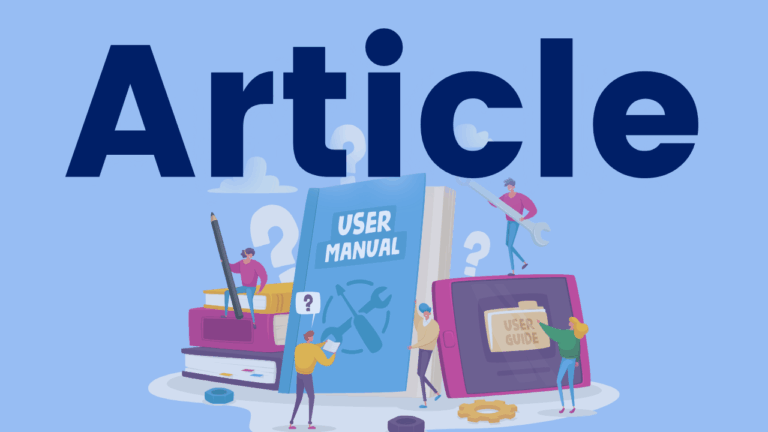
IDA Perspectives article about vocabulary instruction from early childhood to senior grades.

Self-Regulated Strategy Development (SRSD), an evidence-based framework for teaching strategies for reading and writing.